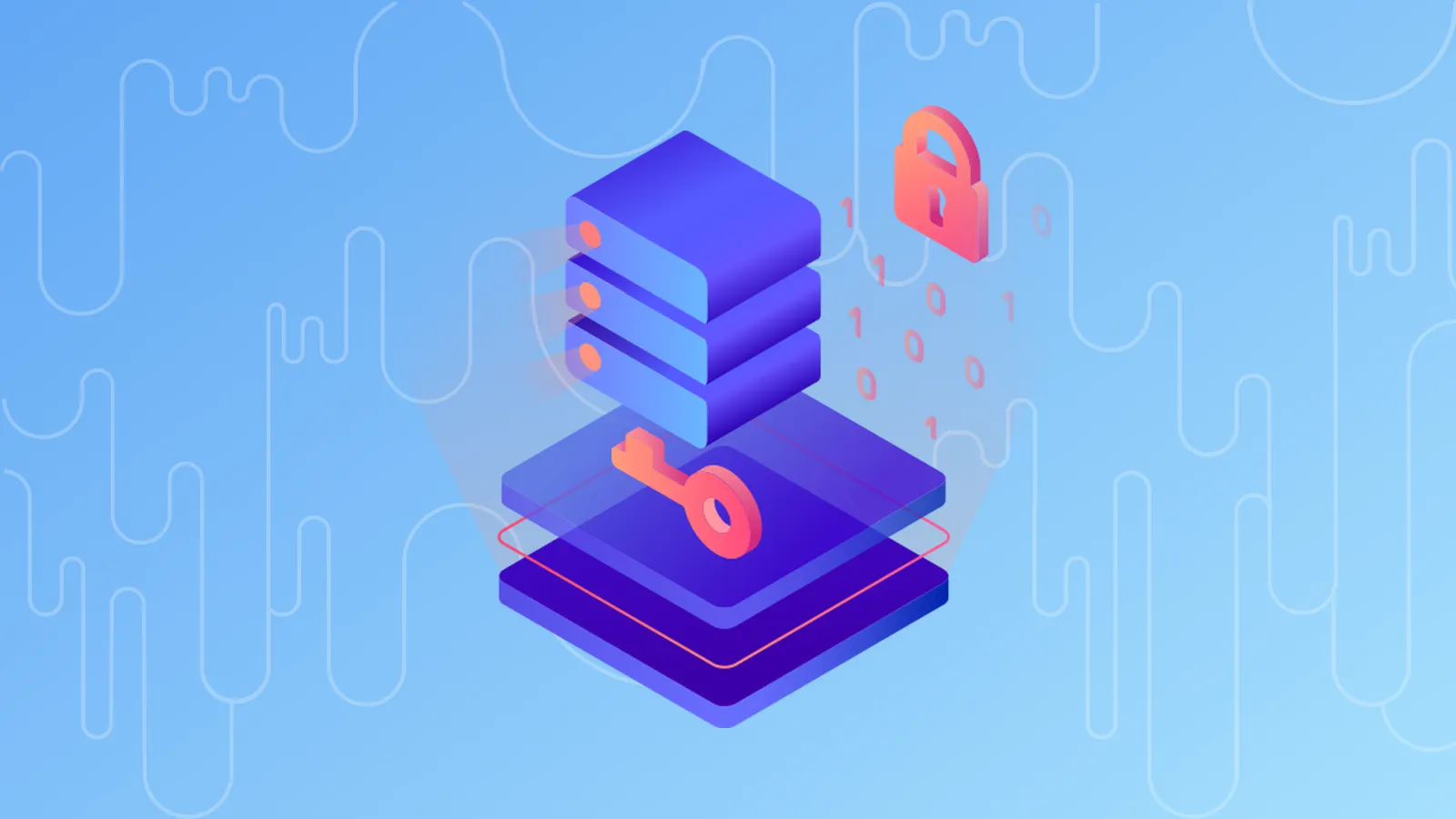Crypto is a rapidly growing field and industry. Everything changes from the core infrastructure to fundraising methods to regulations. New ways to distribute tokens are also being introduced.
The ICO, for all its faults, is a well-known method for both raising money and distributing tokens. But some projects may prefer not to do an ICO for increasingly obvious reasons.
Instead, a project may just want to get their token out to as many people as possible to create a strong community and user base from the beginning. The lockdrop is a new method for distributing tokens without raising money.
What is a Lockdrop?
The purpose of a lockdrop is to distribute a new network’s tokens to a wide variety of holders or participants. To do this, token holders of one network, such as Ethereum, will need to lock their Ether into a smart contract for a certain amount of time in order to receive tokens from the new network. Normally, the longer the existing tokens are locked in that smart contract, the more tokens that holder will receive in the new network. After the time period is completed, the original tokens are returned to the owner.
Who Invented the Lockdrop?
Commonwealth Labs is the first company to introduce the concept of lockdrops. The company is a governance-focused startup founded by Dillon Chen, Raymond Zhong, and Drew Stone. Commonwealth Lab’s first lockdrop took place on their Edgeware network, which is a self-upgrading smart-contract platform on Polkadot.
Did you know?
Edgeware claims to have given away greater than 90 percent of their EDG tokens via their lockdrop, which took place in the summer of 2019.
What’s so special about it?
The lockdrop must be compared to the airdrop, which was the first method to widely distribute crypto assets without raising any money. The airdrop basically sent tokens to random addresses for free in the hopes that if more people held the token, then more people would care about it and the project. In practice, however, most airdropped tokens were either sold quickly or sat in the wallets unnoticed.
The lockdrop can be thought of as a modified version of the airdrop with an action or non-monetary cost required, which is the opportunity cost of temporarily locking up your crypto assets. Even though your crypto assets are not being spent or burned, the idea that you are unable to use them for a period of time shows at least some level of commitment to the project. Ideally, this will result in new token holders who are more active and interested in the project from the very beginning.
Why drop at all?
A quality user base is important for any company, but it is especially important for a decentralized network. A strong community that genuinely cares about the project will lead to more organic interest and support for the network, which will lead to a larger and stronger network. This is opposed to having token holders that primarily care about the monetary value of the token and are not interested in the long-term health of the project, which is always a possibility in the world of crypto-asset trading.
A strong token holding community becomes vitally important when those token holders have special rights such as the ability to make governing decisions. For example, token holders may get to decide how the protocol is changed or upgraded by voting with their tokens. Tokens could also be used as a way to secure a network that uses proof-of-stake. Finally, a wide range of holders means that the network will be more decentralized and less likely to be controlled or manipulated by a few small parties.
How are Lockdrops produced?
Lockdrops are created through a smart contract, which mints or creates a new token in return for having another token locked in it. After a certain amount of time, the token holder is able to claim both his locked tokens and the new tokens.
What can you do with a Lockdrop?
As a project team, lockdrops may be used to distribute tokens to a variety of stakeholders. As someone curious about a new network, a lockdrop is a good way to get involved and become an early stakeholder that is nearly free.
The Future
While the first lockdrop happened with the Edgeware network in mid-2019, there are so far no other major projects that plan to distribute their initial tokens in this manner. If successful in creating a healthy and diverse community of stakeholders, then we may see the lockdrop used again. Crypto is an industry of explorers on the frontier of innovation. They take risks and run experiments and much of what is happening is an experiment to see if it works. But if it is proven successful, then many others will follow.


